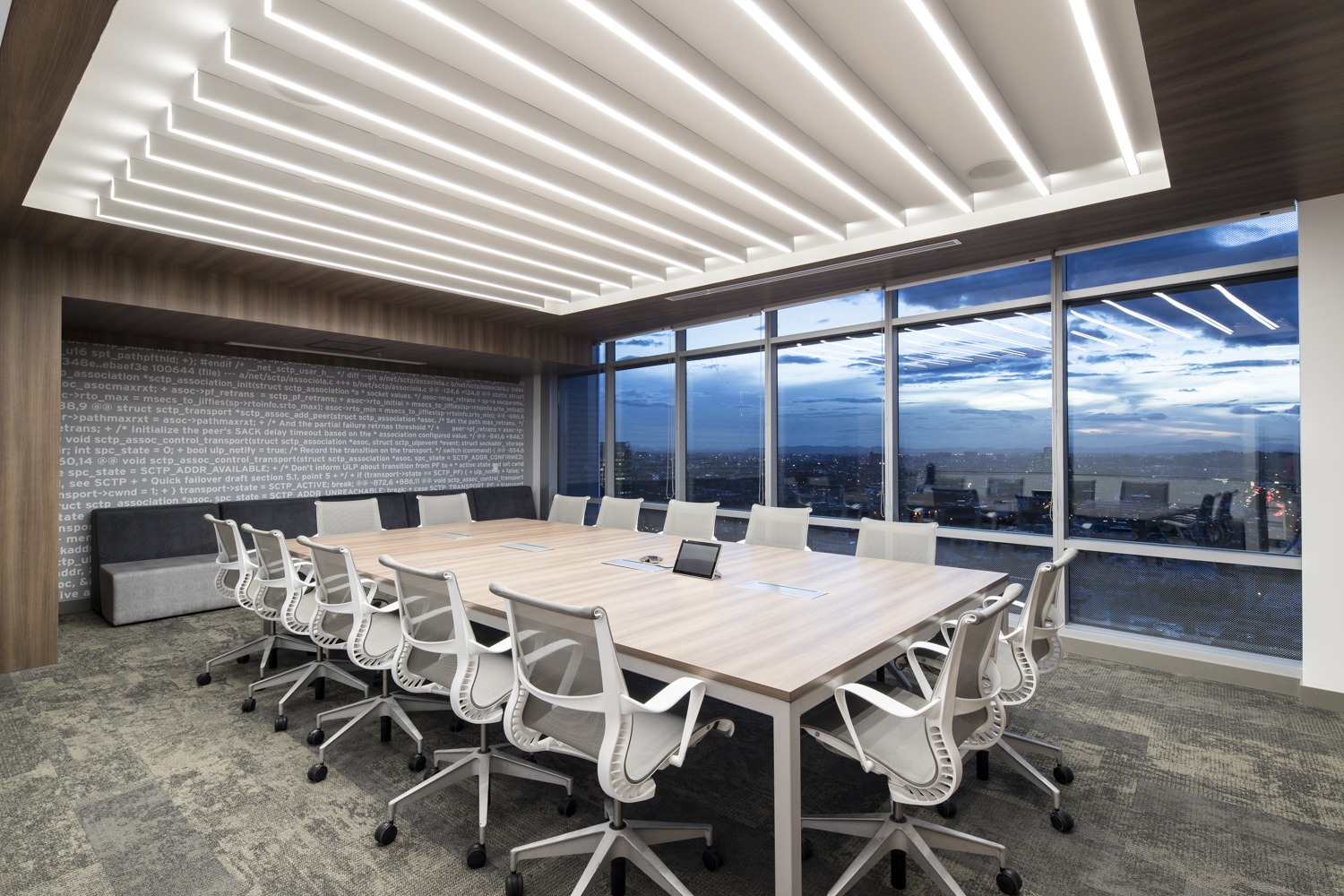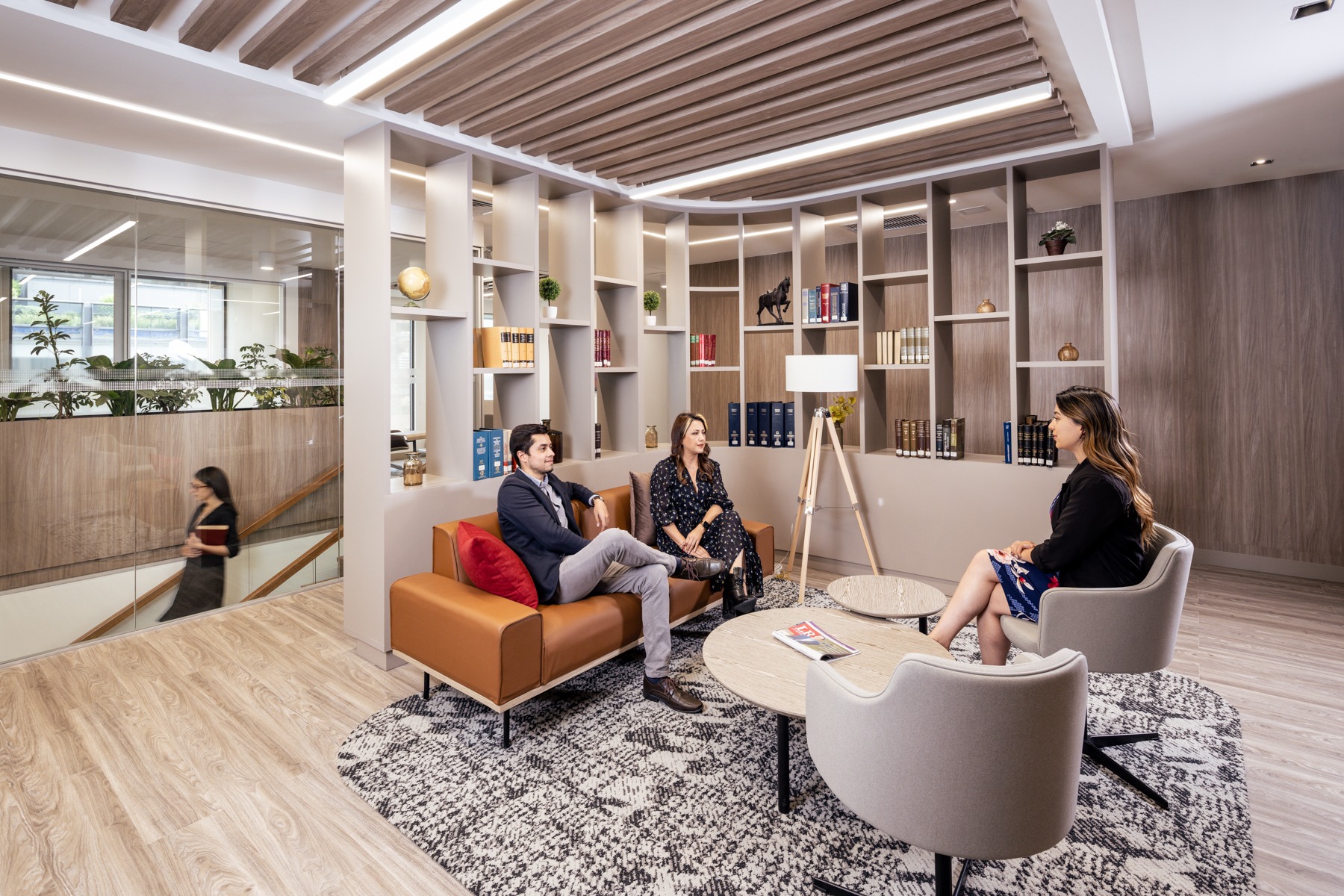Pristine beaches, vibrant nightlife, and a temperate climate are some of the aspects that make Miami such a desirable location. In 2021, more than 135,000 new business applications were received to relocate their offices to South Florida from companies looking to leverage its business-friendly tax policies, suitable location for exploring foreign markets, and its burgeoning local economy. Making The Switch Miami is being rebranded as a business hub. Citadel, Subway, and an army of Silicon Valley talent have already relocated, citing tax advantages, a business-friendly environment, and a better quality of life that the working population seeks nowadays. Subway highlighted reduced friction in supply chains as a further reason. With more and more businesses flocking to the area, more seamless collaboration can ensue, reducing transportation costs between distinct partners and improving business relations overall. Miami is also a magnet for talent. Aside from the benefits Miami offers in terms of lifestyle, many businesses, entrepreneurs, startups, and well-established companies are moving their personal and professional lives to a part of the nation that promises prosperity. Real estate is up to US$20 cheaper per square foot in South Florida for office buildings, as opposed to San Francisco. But the list of overall pros goes beyond just price. Miami’s geographical position doesn’t only bestow it with a temperate climate all year round; it facilitates potential connections with Latin America due to its proximity, serving as a gateway to markets of around 667 million people. This allegiance is further simplified when we consider that 70% of the population speaks Spanish in Miami. Francis Suarez, the mayor of Miami since 2017, has much to do with the current wave of business migration. His effort to welcome entrepreneurs to the area after quicker post-pandemic reopening means the area has crammed approximately 20 years of development into just 24 months. His affinity for technological innovation —he receives his salary in cryptocurrency, according to this source — has also sowed trust in the minds of tech giants betting on blockchain and other innovative developments. This is a move that appears to have influenced the current economic climate. As of 2021, Florida’s GDP ranked fourth in the nation. The local economy is flourishing with an 80% survival rate for startups. Coupled with falling unemployment —and the lifestyle overall— South Florida is enticing large companies and previous Wall Street advocates to trade in the rat race for Miami Offices in the beautiful south. It’s easy to understand why corporate America is eyeing up commercial real estate in South Florida. How can we condition the corporate environment to guarantee success for the next arrivals? In other words, what should these new office spaces look like if they are to give businesses the best shot at prosperity? What are the main things to consider when choosing an office space in Miami? Miami embraces a young, diverse population at the pinnacle of their careers. As such, office environments should cater to them, but what exactly do they want? Or instead, what is it that they need in an office? The answer lies in the type of work and how these spaces interact with their environment. Contrast With Miami’s vibrant lifestyle, office spaces that offer calm and serenity are a welcome contrast. AEI spaces recommends office design palettes including light teak wood, soft whites and beiges, and a multitude of biophilia throughout the space, perhaps with splashes of color to invigorate the energy in the space, without overwhelm. This creates a sense of juxtaposition between the office environment and the vivacity of Miami. Why are open offices important? Miami is known for its urban skyline, with concerns over space mounting as the population increases. North Shore Open Space Park is one of the beloved open spaces, offering 30 acres of freedom to its visitors. Miami offices and other buildings can emulate the city’s gems by incorporating less urbanism into their interiors in favor of open, even green spaces that also nod to the collaborative working models of this post-pandemic era. Colors and Materials Natural tones for corporate design are an excellent choice for offices that want to convey a sense of calm to their workers. These more palatable tones are ideal for traditionally high-stress working environments. In contrast, young, modern, and more playful corporate scenes can opt for an extension of the city vibe in their offices by incorporating artwork, adding in feature walls, or creating colorful spaces in collaborative areas and more neutral tones in working spaces that are designed for focus work.. Connectivity Contemporary business needs contemporary design to match. By default, those businesses that are currently thriving have been able to adapt to changes and place innovation at the heart of their company culture. This translates to a high presence of high-tech companies now shifting operations to Miami. Because of the nature of these organizations, connectivity and technology-positive environments are a must-have. Think of ample electrical sockets, space for projectors and other devices, and a good location for WiFi availability. Versatility Understanding the needs of different teams is paramount to nailing their office design. AEI Spaces has undertaken a range of projects in the Americas, but also in Miami itself. The key is understanding the nuances of each client and project to deliver results that speak for themselves. Versatility is paramount, and you can appreciate the range of aesthetics we create in Miami projects such as Holland and Knight, Katz Barron, Dufry, Blue Crest, and Robeco, to name a few. Miami as a Hotspot Here lies the intersection. Innovative, avant-garde companies are flourishing thanks to technological advances and, as such, are experiencing rapid growth. There is a degree of choice in investing in even further growth. Therefore many companies are making the informed decision to invest in the Miami region, with its flourishing local economy, fabulous lifestyle, and great geographical position. Miami and business complement each other — on the one hand, we have an area conducive to business success, as seen in its exponential growth in recent years. And
Robust Office Design for Retention The procurement and retention of top talent are crucial to the future of any business, as a high retention rate leads to a more productive workforce, a better customer experience, and more. Also, large US corporations lose $1 trillion yearly due to voluntary turnover, which supports that staff retention is a money-saving game — essential in times of recession. Strategic design serves as a buffer in times of global economic crisis, transforming your office into a hub of innovation and creativity with which to affront adversity and foster economic growth. Today’s employee needs more than a gym membership and a supply of fresh fruit — wellbeing is pivotal to employee retention. How to Nurture Employee Wellbeing with Design A business model whose nucleus takes care of employee health puts itself in good stead for resilience during adversity. But how can design nurture wellbeing? Open plan offices and rows of cubicles previously served their purpose but are less relevant nowadays as we begin to understand precisely what our employees need. A company office that emulates the home and where employees can choose their way of working boosts productivity, satisfaction, and retention. Employees need different spaces for different activities. Some for ‘me’ work and others for ‘we’ work. While some tasks require focus and individual effort, others require space for collaboration and group work. Office design that provides both, and where employees aren’t limited to using one of these spaces but can choose to flit freely between them go a long way to improving employee wellbeing. With human capital an indispensable resource for any company facing adversity, areas in the office that are dedicated to their wellbeing are a must. Design spaces that cater to health and fitness are a welcome addition and need not be costly to implement. A simple space with yoga mats and access to a smart TV could be all it takes to provide employees with the opportunity to partake in some physical activity throughout the day. Retention offers a company stark advantages such as savings, making it a worthwhile decision to reinvent the space where your team goes about their professional day. Spaces that offer the maximum possible amount of natural lighting and green spaces are well-known contributors to employee wellbeing. Environmental factors such as temperature, color, noise, and plants have been proven to impact employee wellbeing and productivity directly, so tweaking design features such as these can contribute a substantial financial gain through staff retention, particularly during times of recession. Further austerity measures that don’t have to affect your human capital but that this capital could benefit from is automation in design aspects such as heating, lighting, water supplies, and security. Intelligently designed offices can use sensors and other interactive features that economize on utility expenses. “Some overhead lighting will grow dimmer as more natural light enters the space. Such a system can pay for itself in reduced energy bills within three years,” says chief executive Tom Polluci of HOK, a New York City-based architecture, engineering, and planning firm. Paperless environments have become the norm in the office world, freeing up the space that would have been used to store files for other, more environmentally enhancing options. With e-commerce and technology replacing the traditional alternatives, a design that facilitates the use of technology is an important consideration when revamping the office. Desk-height charging points to nurture office ergonomics, ample electricity outlets that aren’t confined to desks, and, conversely, strictly technology-free spaces are all essential factors. The latter can help reduce screen fatigue and its associated discomfort. It also fosters an environment that encourages ‘correct’ break-taking — one where the interruption in workday continuity is most contrastive and replenishing. Adversity Breeds Innovation An entrepreneur mindset is paramount to success in the face of adversity. When the going gets tough, it may seem intuitive to pivot and find a new product or range of leads — to look outside the office walls. But perhaps the answer is inside those four walls, and tweaking the office design itself can encourage positivity, creativity, and innovation among team members, effectively equipping them with the necessary means to keep the company afloat during times of crisis. You can see some of AEI Spaces’ innovative approaches to design here. Problem-solving requires a diverse workforce, and for creativity and innovation, eight hours sitting at the same desk isn’t inspiring. This is where layout and design come back into the spotlight. Accessible offices for employees living with disabilities, as well as careful considerations of color, textures, and shapes (rounded edges give more soothing energy than squared, for example), can all make the difference in innovation. Austerity in the Face of Adversity Companies would do well to consider austerity measures other than staff layoffs during recessions for the following reasons, according to Mokolimbo Media: When metrics show that 37% of young people would accept a lower salary if a company offers appealing culture, workplace facilities, and technology, the design of a space can be a valuable compromise for short-term austerity measures. Austerity doesn’t have to mean pay cuts or laying off staff to keep profit margins out of the red. Martin Henn of Henn architects offers a plausible alternative. Rents in downtown areas can be one of the significant expenses for a company, which is why he suggests smaller, decentralized ‘satellite’ offices. These would tap into transportation networks, facilitate commutes, and reach broader demographics — in terms of talent and business, as new products would become available over a wider area. Adversity Isn’t The End During economic uncertainty, many corporations conclude that laying off staff and reducing expenses is the way to go. At AEI Spaces, however, we believe that a company can better equip itself to overcome adversity by using design to its advantage. In partnership with Castleberry Media and its Green Initiative, we are committed to taking care of our planet, therefore, this content is responsible with the environment.
In a profession as traditional as law, the term modern law firm can seem juxtaposed — the legal profession must denote seriousness, formality, and efficiency. But it does not mean that they have to be dull or boring. As the legal landscape evolves, so must the office space where lawyers practice their legal services. Clients form their opinion of a company partly based on its design. Additionally, good design plays a critical role in attracting and retaining top talent. Understated Strength There is no one-size-fits-all answer to the question of how to design law firms well. Considerations such as the firm’s culture, brand, and identity come into play. Timeless elegance is a good rule of thumb, but it isn’t definitive. Each design company has its own way of working to create functional, classy, and aesthetically-pleasing law offices that together, denote flawless design. At AEI Spaces, we have a way of putting our personal touch on the law firms we design. “We create a sense of understated strength and permanence for the legal workplace,” affirmed David Chason, our Partner. The first step involves exhaustively researching our clients to understand how and where they position themselves in the legal industry because design is about blending our expertise with exactly what it is that the client needs. The Organizational Structure of a Law Firm Office Once we have aligned our aims and set a construction budget, we can set to work on the planning stage. Organizational structure comes under scrutiny because how a law firm is managed and run will determine the type of space it will need. Rarely does an open office fit in the legal context, for example, because privacy is fundamental. But there are a series of indispensable aspects of design that work environments in the legal profession require if they are to be well-organized and conducive to effective legal practices. Inspiration Where AEI Spaces takes its inspiration may surprise you. The fashion and automotive industries, as well as the residential and hospitality sectors, are some of the surprising sources of inspiration for AEI Spaces. All fast-evolving sectors, which is why we have to be on top of our game to keep up with design features across all of these sectors and continue to deliver impeccable quality. Our legal clients trust our experience, sense of style, and confidence in directing the project. We work on the basis of open and fluid communication to create an environment where the client can ask for what they need, and we can adorn their ideas with our expertise and experience. Ultimately, the client has the final say, but part of our job is mentoring them to make the best decisions. “Law firms typically tread the fine line of needing to appeal to their clientele while not looking too ostentatious. Rich materials, fine millwork, quality details, and creating a feeling of efficient spaces while being comfortable and technologically advanced is the balance we strive for,” added Chason in an interview. Showcase The final stage of the planning process involves presenting the design development with complete renderings to the Board of Directors and senior team. “This is a way for all to get buy-in on the design and direction of the project, so there is little to no dissatisfaction at the move-in,” says Chason. It’s essential to ensure everybody is on the same page and to iron out disagreements before the physical construction and upgrades begin. Law Firms and AEI Spaces Evolve Together The ability to adapt is a law in itself for business success. As the legal environment evolves, so must the office design that accompanies it. AEI Spaces makes a concerted effort to make every project as good as or better than the one before it. We create a “lessons learned” document that builds on each law firm project we design. After the project is completed, we talk to the General Contractor, Engineer, Millworker, and lighting source to change, adjust, correct, and ultimately better ourselves and the products we use. In partnership with Castleberry Media, we are committed to taking care of our planet, therefore, this content is responsible with the environment.




